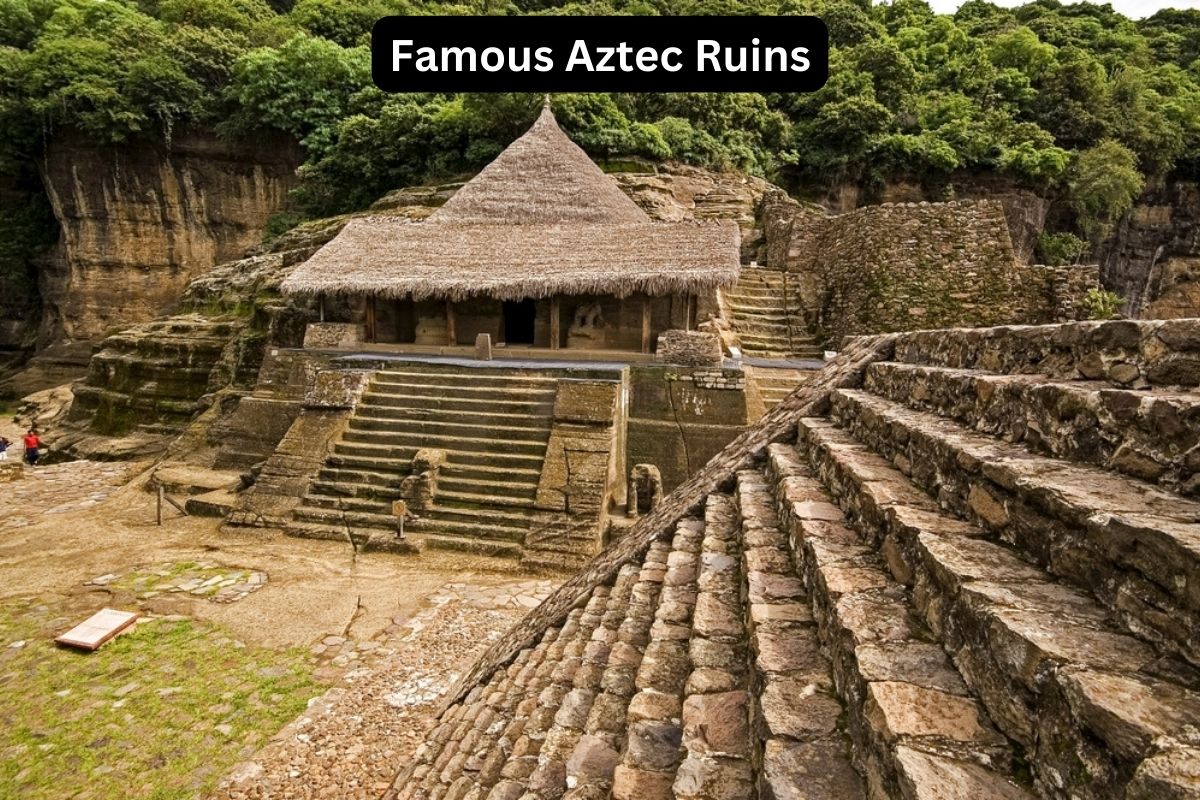The Aztec civilization, renowned for its rich culture, sophisticated architecture, and intricate religious beliefs, left behind a legacy of remarkable archaeological sites throughout Mexico.
In this article, we embark on a journey through time and space to explore some of the most famous Aztec ruins, each offering unique insights into the civilization’s history and cultural achievements.
From the iconic Templo Mayor in the heart of Mexico City to the ancient city of Xochicalco perched atop a hill, these archaeological wonders provide a glimpse into the complexities and grandeur of one of Mesoamerica’s most influential societies.
Join us as we delve into the world of the Aztecs and their enduring monuments that continue to captivate historians, archaeologists, and curious travelers alike.
Famous Aztec Ruins
1. Templo Mayor
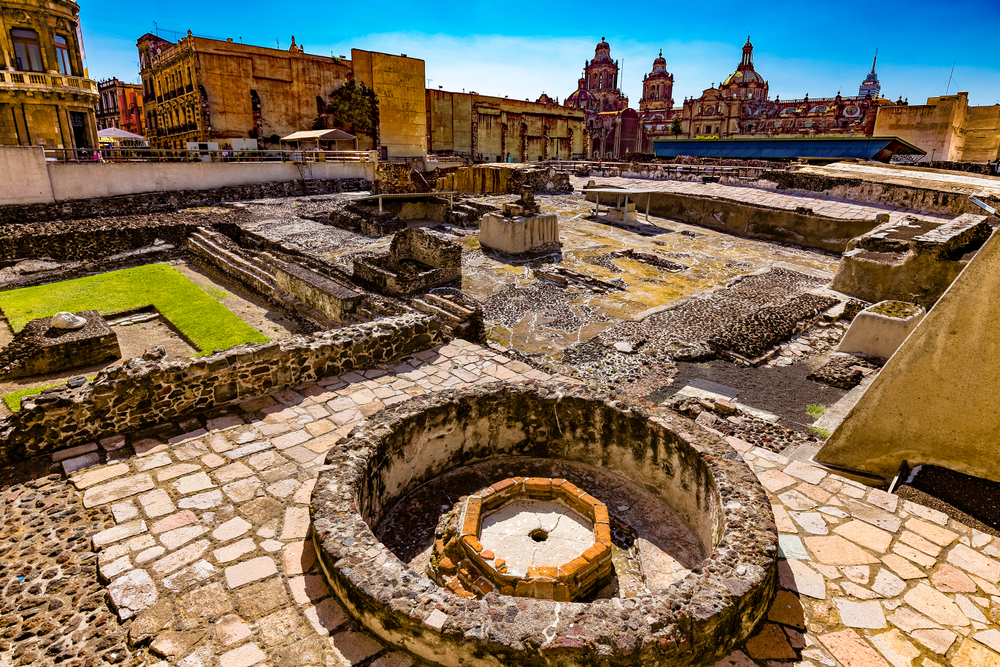
Located in the heart of Mexico City, Templo Mayor was the primary religious and ceremonial center of the Aztec capital, Tenochtitlan.
It consisted of twin temples, one dedicated to the rain god Tlaloc and the other to the war god Huitzilopochtli, reflecting the duality of Aztec beliefs.
Also Read: Quetzalcoatl Facts
The site was rediscovered in the 20th century, and extensive excavations have revealed many artifacts and structures, including offerings, sculptures, and altars.
Today, the Templo Mayor is part of the Templo Mayor Museum, where visitors can explore the ruins and learn about the rich Aztec history and culture.
2. Teotihuacan
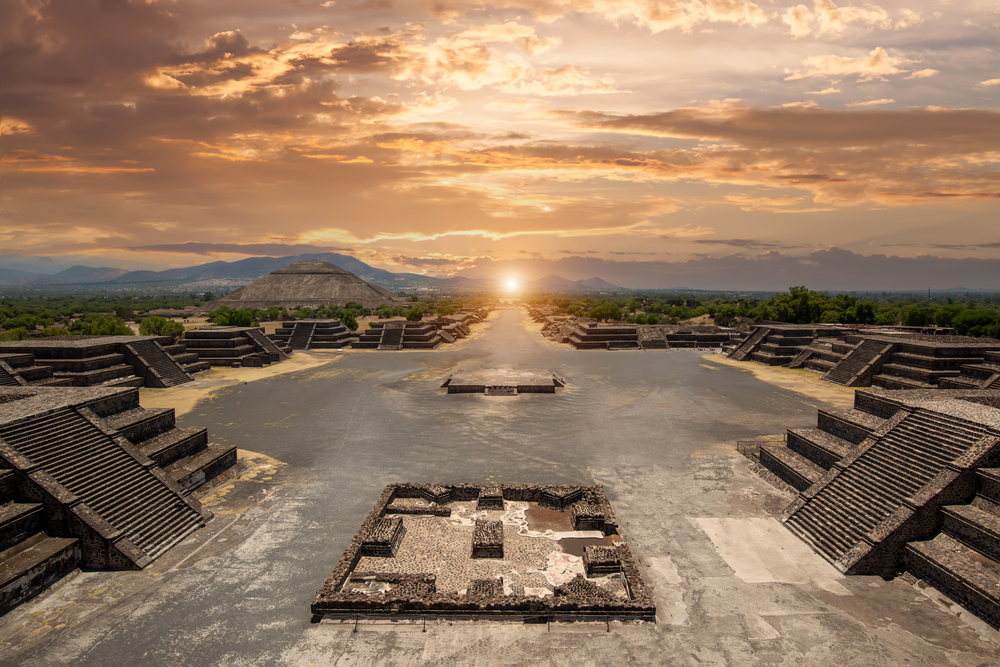
Teotihuacan is one of the most iconic and expansive ancient cities in Mexico, even though it’s primarily associated with the Teotihuacan civilization that predates the Aztecs.
The city is known for its monumental pyramids, including the Pyramid of the Sun, one of the largest pyramids in Mesoamerica, and the Pyramid of the Moon.
Also Read: Famous Inca Ruins
Teotihuacan was a thriving urban center with a complex layout, featuring temples, residential areas, and a central avenue called the Avenue of the Dead.
The site’s grandeur and scale have made it a UNESCO World Heritage Site and a popular destination for tourists and archaeologists alike.
3. Tlatelolco
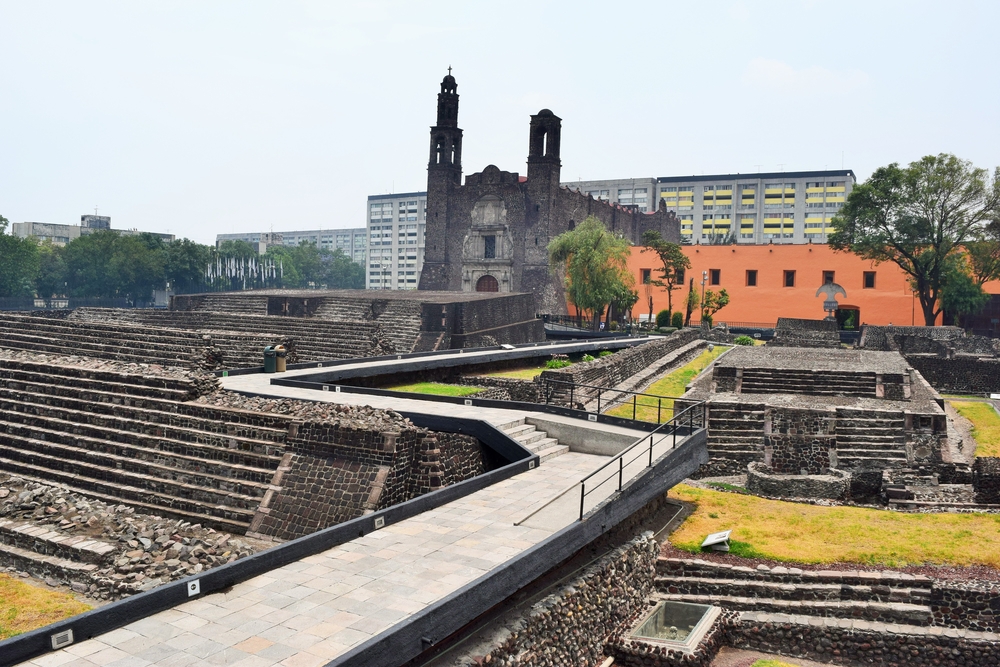
Tlatelolco was a major market and ceremonial center located in what is now Mexico City, adjacent to the Aztec capital of Tenochtitlan.
It played a crucial role in the economic and cultural life of the Aztec empire, serving as a bustling marketplace for trade and commerce.
In 1968, Tlatelolco gained international attention due to the Tlatelolco Massacre when Mexican military and police forces violently suppressed a student protest prior to the 1968 Summer Olympics.
The site’s historical significance, both as a market and for its role in modern Mexican history, has cemented its status as an important Aztec ruin and a place of remembrance.
4. Chichen Itza
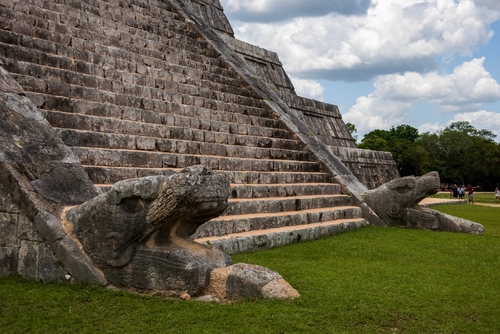
Chichen Itza is primarily associated with the Maya civilization, but it has significant Aztec influence and is one of the most renowned archaeological sites in Mexico.
Located in the Yucatan Peninsula, it features the iconic Pyramid of Kukulcan (El Castillo), a step-pyramid with a serpent-like shadow effect during the equinoxes.
The Great Ball Court at Chichen Itza is one of the largest and best-preserved ball courts in Mesoamerica, reflecting the importance of the Mesoamerican ballgame in both Aztec and Mayan cultures.
Chichen Itza’s diverse architecture and historical significance have earned it a place as a UNESCO World Heritage Site and one of the New Seven Wonders of the World.
5. Tenayuca
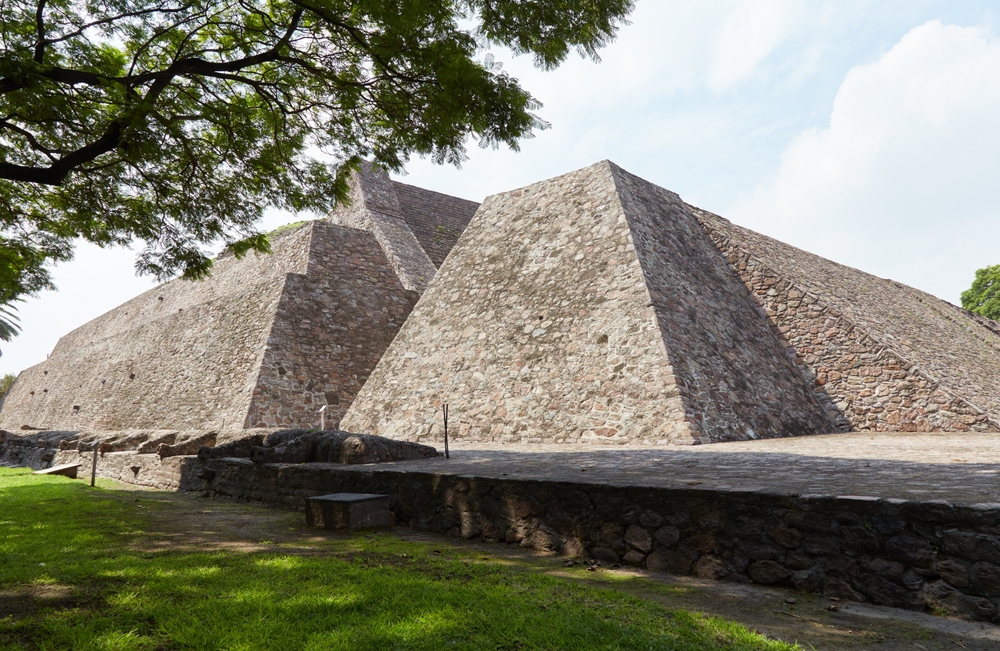
Tenayuca is an archaeological site located in what is now Mexico City. It was once a significant ceremonial center and settlement during the Aztec period.
The site features a twin pyramid complex, which consists of two large pyramids facing each other, symbolizing duality, a common theme in Aztec cosmology and religion.
Tenayuca also had an important marketplace and served as a strategic point for trade and cultural exchange in the Aztec empire.
Today, visitors can explore the remnants of the twin pyramids and other structures, gaining insight into the architectural and religious practices of the Aztecs.
6. Tlatelolco Archaeological Zone
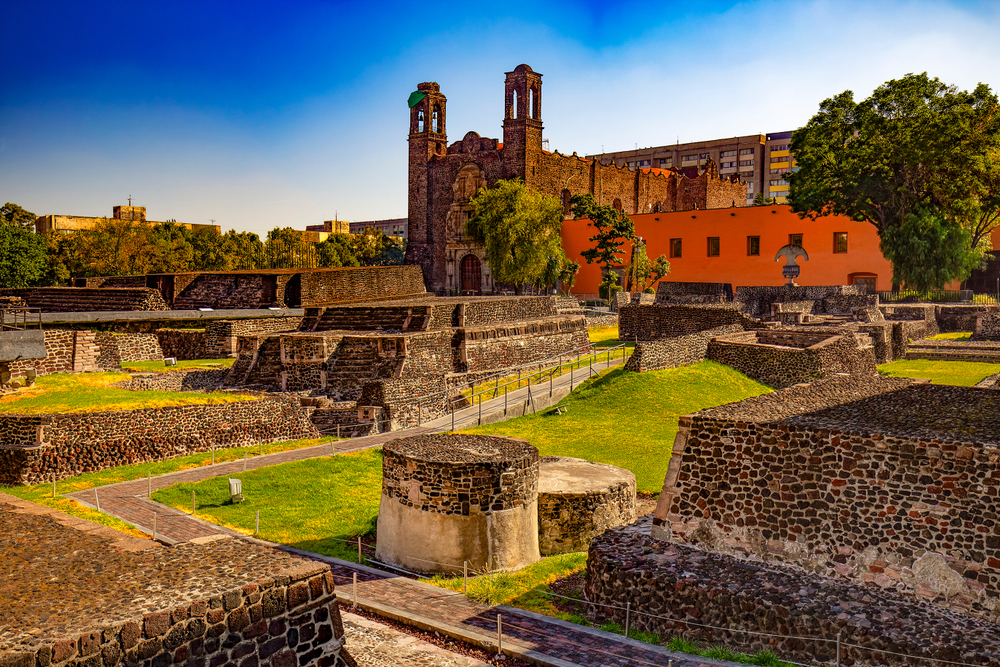
The Tlatelolco Archaeological Zone is located adjacent to Tlatelolco in Mexico City and contains further archaeological excavations and ruins.
It showcases the Aztec market and ceremonial areas, providing a deeper understanding of the economic and religious life of the Aztec civilization.
Visitors can explore various structures, including temples, altars, and plazas, which were once vibrant centers of activity.
The zone offers a comprehensive view of the historical and cultural significance of Tlatelolco and its role in the broader context of Aztec society.
7. Malinalco
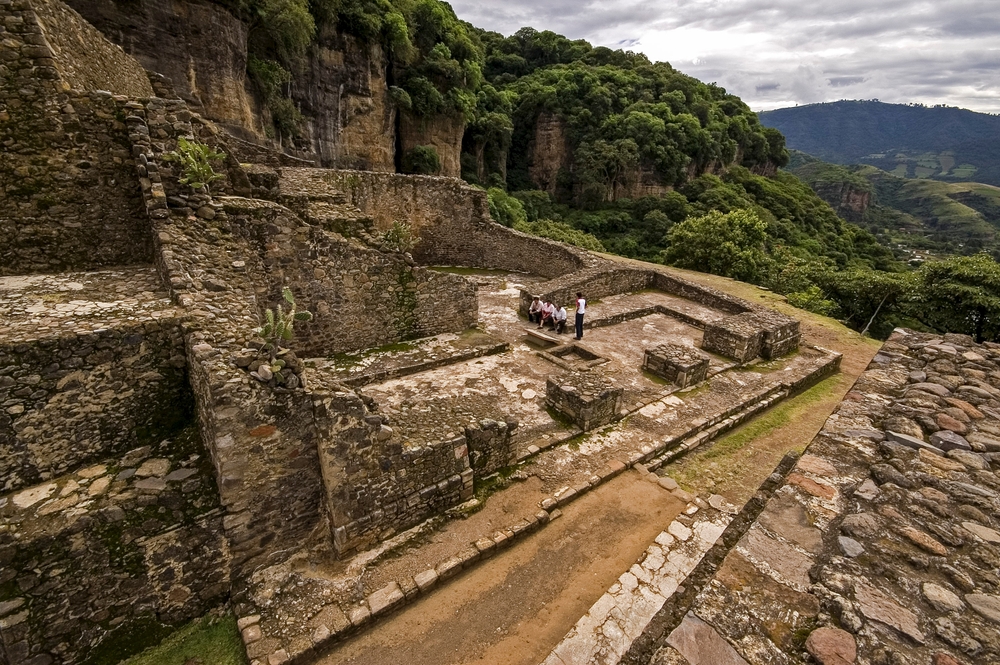
Malinalco is an archaeological site located in the state of Mexico, known for its impressive stone carvings and temples built into the mountainside.
The site is home to the Cuauhcalli, a temple dedicated to the eagle warriors, a prestigious Aztec warrior society.
The Templo de los Guerreros (Temple of the Warriors) is another notable structure at Malinalco, featuring intricate reliefs and carvings that depict warriors and religious symbolism.
The natural setting of Malinalco, surrounded by lush forests and cliffs, adds to the site’s beauty and historical significance.
8. Calixtlahuaca
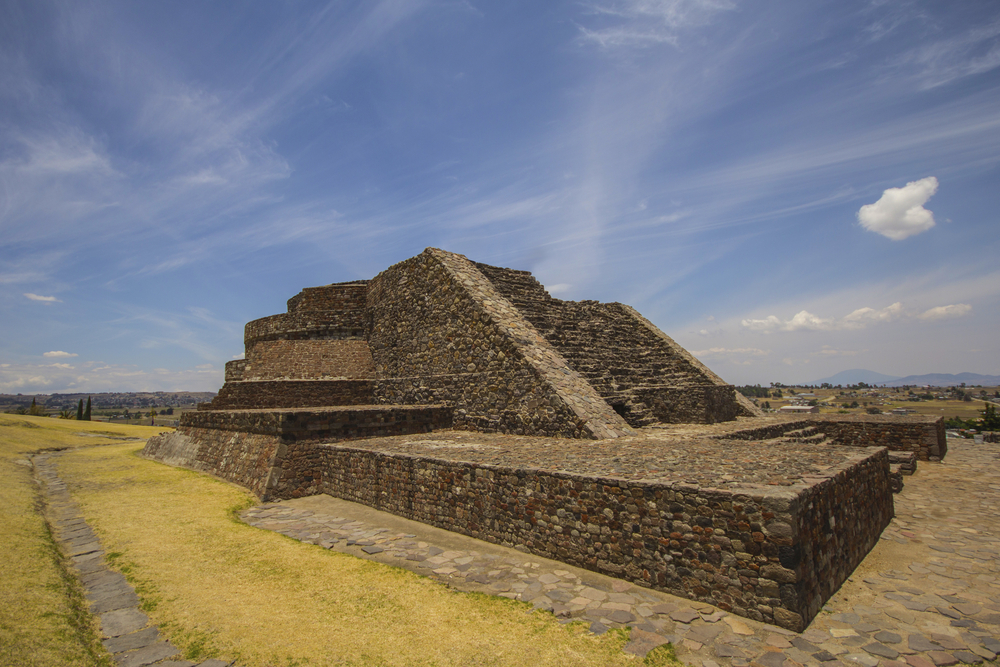
Calixtlahuaca is an ancient city located in the Toluca Valley of central Mexico, known for its circular pyramid.
The circular pyramid at Calixtlahuaca is unique and reflects the architectural diversity within the Aztec empire.
It is believed that this pyramid served both religious and astronomical purposes, aligning with celestial events such as solstices and equinoxes.
The site provides valuable insights into the Aztec understanding of astronomy and their connection to the cosmos.
9. Cuicuilco

Cuicuilco is an archaeological site situated in what is now Mexico City. It is recognized for its circular pyramid, La Venta de la Ceiba, which is one of the oldest architectural structures in the region.
The Cuicuilco pyramid predates the Aztec civilization and is associated with an earlier culture known as the Cuicuilco people.
The eruption of the nearby volcano Xitle buried Cuicuilco under volcanic ash around 150 CE, leading to the site’s abandonment.
Despite its antiquity and the volcanic eruption, the Cuicuilco pyramid is a testament to the advanced architectural and urban planning skills of ancient Mesoamerican cultures.
10. Xochicalco

Xochicalco is an ancient fortified city located in the state of Morelos, Mexico, known for its impressive architecture and strategic location.
The site features pyramids, ball courts, and a unique astronomical observatory called the Caracol (Snail), which was used for tracking celestial events.
Xochicalco was a significant center for trade, culture, and astronomy during the Mesoamerican Classic Period (c. 700-900 CE).
The city’s fortifications and hilltop location suggest its role as a defensive stronghold in addition to its cultural and religious significance.
